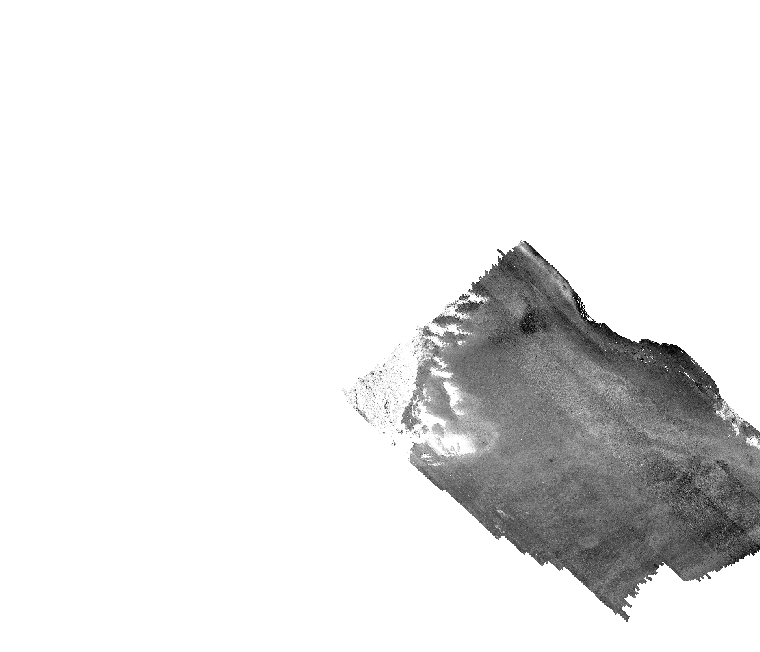| Description |
This part of DS 781 presents data for the acoustic-backscatter map of the Offshore of Bolinas map area, California. Backscatter data are provided as separate grids depending on mapping system or processing method. The raster data file is included in "BackscatterB_8101_2007_OffshoreBolinas.zip", which are accessible from https://pubs.usgs.gov/ds/781/OffshoreBolinas/data_catalog_OffshoreBolinas.html. These data accompany the pamphlet and map sheets of Cochrane, G.R., Dartnell, P., Johnson, S.Y., Greene, H.G., Erdey, M.D., Golden, N.E., Hartwell, S.R., Manson, M.W., Sliter, R.W., Endris, C.A., Watt, J.T., Ross, S.L., Kvitek, R.G., Phillips, E.L., Bruns, T.R., and Chin, J.L. (G.R. Cochrane and S.A. Cochran, eds.), 2015, California State Waters Map Series — Offshore of Bolinas, California: U.S. Geological Survey Open-File Report 2015–1135, pamphlet 36 p., 10 sheets, https://doi.org/10.3133/ofr20151135. The acoustic-backscatter map of the Offshore of Bolinas map area, California, was generated from backscatter collected by California State University, Monterey Bay (CSUMB), by Fugro Pelagos, and by Moss Landing Marine Laboratory (MLML). Mapping was completed between 2004 and 2010, using a combination of 200-kHz and 400-kHz Reson 7125, and 244-kHz Reson 8101 multibeam echosounders, as well as 468-kHz SEA SWATHPlus and 250-kHz GeoSwath interferometric systems. Moss Landing Marine Laboratory mapped the nearshore region north of Bolinas in 2004 prior to the California Seafloor Mapping Program (CSMP). The nearshore region from south of Bolinas Lagoon to Stinson Beach was mapped by Fugro Pelagos in 2009 for a project outside of the CSMP and only bathymetry data were collected. Therefore, note that the shaded relief map coverage (see Bathymetry Hillshade--Offshore of Bolinas, California, DS 781) does not match the acoustic-backscatter map coverage (see Backscatter A-E--Offshore of Bolinas, California, DS 781). Within the acoustic-backscatter imagery, brighter tones indicate higher backscatter intensity, and darker tones indicate lower backscatter intensity. The intensity represents a complex interaction between the acoustic pulse and the seafloor, as well as characteristics within the shallow subsurface, providing a general indication of seafloor texture and sediment type. Backscatter intensity depends on the acoustic source level; the frequency used to image the seafloor; the grazing angle; the composition and character of the seafloor, including grain size, water content, bulk density, and seafloor roughness; and some biological cover. Harder and rougher bottom types such as rocky outcrops or coarse sediment typically return stronger intensities (high backscatter, lighter tones), whereas softer bottom types such as fine sediment return weaker intensities (low backscatter, darker tones). These data are not intended for navigational purposes. [More]
|
